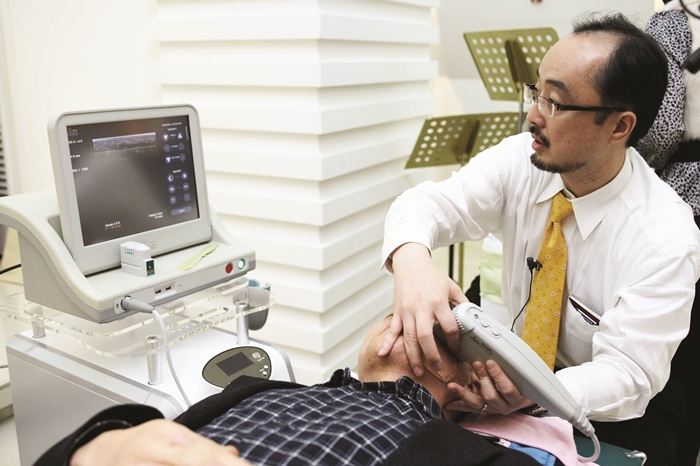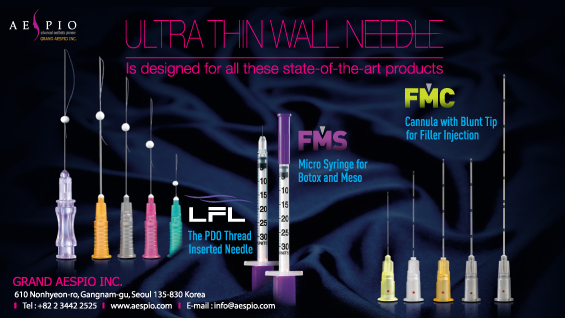Dr. Nariaki Miyata is one of leading plastic surgeons in Japan. He is a council member of Japan Society of Aesthetic Plastic Surgery (JSAPS). He is a plastic surgeon by trade but is also well-versed in aesthetic dermatology, especially laser treatments. He is particularly interested in the mechanism and theory of laser devices and visits Korea often to observe new procedure techniques and devices as well as to share opinions with Korean doctors. He recently published a book titled Use and Practice of Aesthetic Medical Devices. In this series of Japanese Aesthetic Treatment, we would like to start discussions on differences in the practice of selecting a laser and treatment of patients, etc. between Korea and Japan. This series will also introduce Dr. Miyata’s clinical experiences with various lasers and lesions. It will provide a valuable opportunity to learn about the clinical practices of Japan. Thank you for your interest.
Japan has universal health insurance coverage which includes laser treatment of nevi (Ota’s nevus, nevus spilus, hemangioma) and traumatic pigmentation. Children can receive treatment free of charge and adults bear 30% of the cost. The insurance coverage is provided for diseases and devices defined or approved by Japan’s Ministry of Health, Labour and Welfare. The approval process takes a long time, is costly and very complicated. In other words, the insurance covers treatment with outdated devices that are over 10 years old (e.g. Vbeam, an earlier model developed by Candela, now withdrawn from the market worldwide, was only approved in Japan 2 years ago. It is now manufactured for use only in Japan).
Aesthetic medicine is not covered by the national health insurance. As mentioned earlier, approval of most devices including laser is very difficult due to the complicated and lengthy approval system. For these reasons, many laser devices are imported by doctors under personal liability. There are no laser devices currently approved for use in hair loss treatment in Japan.
[Advertisement] ULTRA THIN WALL NEEDLE – Manufacturer: AESPIO(www.aespio.com)
Aesthetic treatment using newer equipment is carried out solely by the discretion of individual doctors. If a doctor is willing to take full responsibility for the treatment, FDA approval is not necessary. The flip side of this is that a doctor cannot be penalized for using even the highest risk equipment. Japanese dermatologists and plastic surgeons take advantage of this flaw in the system to purchase various types of medical devices. However, Japanese manufacturers have been squeezed out of the market due to tough regulations, a lengthy development process, limited size of the aesthetic medicine market, as well as low profitability. Only a few laser manufacturers remain in business in Japan. Most of the aesthetic medical devices used in Japan are imported.
Japan has a thriving aesthetic medical market with numerous aesthetic dermatology and plastic surgery practices. However, they are still greatly outnumbered by doctors who specialize in non-aesthetic treatment. Due to population aging, healthcare budget is thinning. The increasing number of private practices drives up the competition and many doctors try aesthetic procedures that lie outside the reimbursement plans. These doctors mainly focus on flash-lamp procedures, laser treatments of hair loss, macules, and age-related pigmentary lesions (melasma, liver spots). CO₂ lasers and Q-switched lasers are most widely used.
Many patients visit general dermatologists for mole removal. Some patients experience scars from the low-cost CO₂ laser but treatments do not vary far among practices. CO₂ laser ablation is carried out with simultaneous gross examination of the skin changes during the procedure. Recurring moles require multiple treatments.
Japanese patients are sensitive to minor scars and caution is needed in laser usage for smoother appearances. At my practice, I use a scanner-assisted device to ablate fine protrusions lying on the boundaries. I use a scanner with a diameter of 0.5-1mm to smooth the protrusions further. Rather than aiming for deep and complete removal of scars, I perform micro ablation of less prominent scar areas and do the final touches with Q-switched laser.

In this series I will share information and clinical experience of using these devices.
-To be continued-
▶ Next Artlcle : #1-2. Introduction to Laser




















